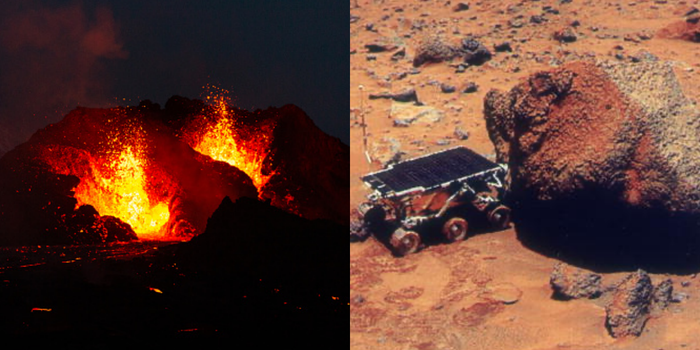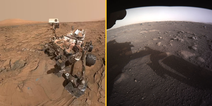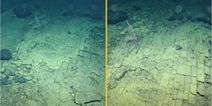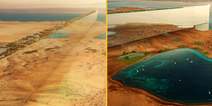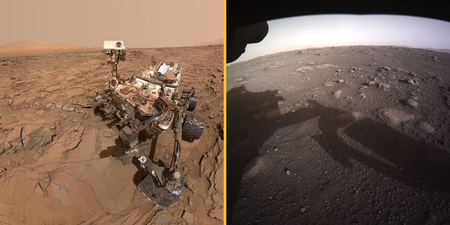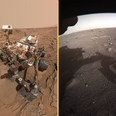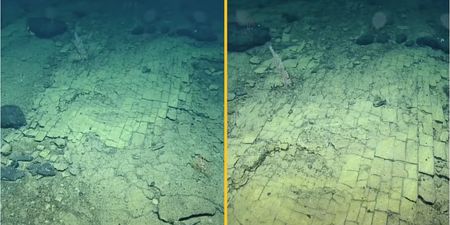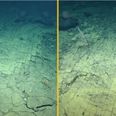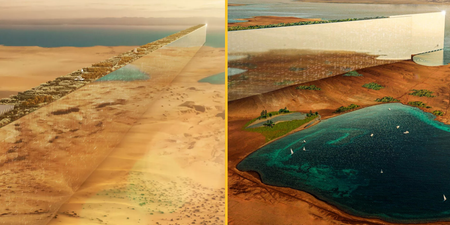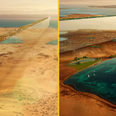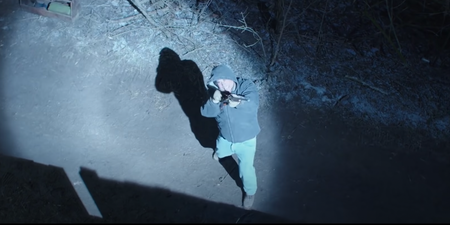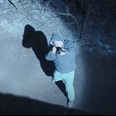It turns out Mars may not be dormant after all…
In research published last month in the science journal Icarus, a team of scientists used images taken by the Mars Reconnaissance Orbiter (MRO) to analyse debris in the Cerberus Fossae fissures and found evidence of volcanic activity on the red planet. What comes next is even more surprising.
The group of scientists discovered that the eruption on Mars took place relatively ‘recently’, when ancient humans were already present on plant Earth, as reported by Inverse. However, ‘recently’ in this instance means some 50,000 years ago.
Luckily, the scientist leading the research, David Horvath, broke down what this concept of time really means for humans like us.
Horvath told Inverse: “I think if you think about Mars and compress the whole history of Mars into a single day, this would represent kind of that last second, so it’s extremely recent.”
“A lot of times we think of Mars as more dormant and not really volcanically active, but this really raises that potential,” he added.
Scientists now believe that the region of Mars called Cerberus Fossae may not be extinct after all.
“This young age implies that if this deposit is volcanic then the Cerberus Fossae region may not be extinct and that Mars may still be volcanically active,” the group of scientists wrote in Icarus.
This is fairly ground breaking stuff for the future of the red planet, which is still being investigated by NASA’s InSight Lander, which landed on Mars in November 2018.
The InSight Lander recently recorded two signs of quakes on Mars, after mysterious rumbling sounds came from the Cerberus Fossae region of the planet.
The search for life on Mars continues, thanks to the InSight Lander, which continues to complete missions tirelessly millions of miles away for the advancement of humankind.
